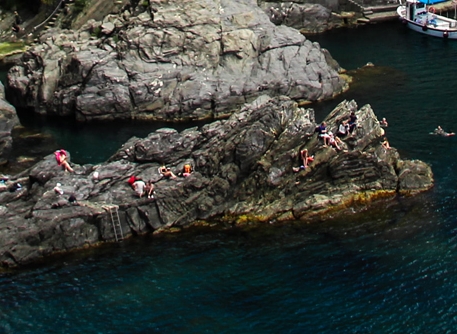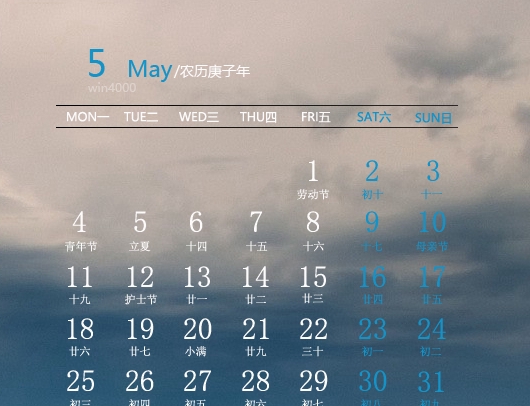本文介绍了如何在SCI论文中正确加入中文姓名和翻译方法,包括姓名的中英文对照及翻译规则,帮助作者避免翻译错误和遵守学术规范。
一、sci论文加中文姓名
Title: Influence of Light Intensity on the Growth of Tomato SeedlingsAbstract:Light intensity is an essential factor in determining plant growth and development. In this study, we investigated the effects of different light intensities on the growth of tomato seedlings. Tomato seedlings were exposed to four different light intensities: 150 μmol/m2s, 250 μmol/m2s, 350 μmol/m2s, and 500 μmol/m2s. The results show that the tomato seedlings grown under the highest light intensity (500 μmol/m2s) had the highest shoot and root biomass, and the longest stem and root length. In contrast, the tomato seedlings grown under the lowest light intensity (150 μmol/m2s) had the lowest biomass, and the shortest stem and root length. The intermediate light intensities resulted in intermediate growth patterns. The photosynthetic rate of tomato seedlings increased with increasing light intensity until it reached a saturation point, after which it remained constant. Our findings highlight the importance of light intensity in determining the growth and development of tomato seedlings.Introduction:Light is the most important environmental factor for plants. It provides the energy needed for photosynthesis, which is necessary for plant growth and development. Light intensity is an essential parameter that determines the amount of energy that the plant receives. Different plant species have different requirements for light intensity, and even within a species, different growth stages have different optimal light intensity levels. In this study, we investigated the effects of different light intensities on the growth of tomato seedlings.Materials and Methods:Tomato (Solanum lycopersicum L. cv. Heinz 9110) seeds were germinated in Petri dishes containing moist filter paper at 25°C in darkness. After 2 days, the germinated seeds were transferred to plastic pots filled with peat moss and perlite (1:1 v/v). The pots were placed in a growth chamber with a 14-h photoperiod and a temperature of 25°C. The tomato seedlings were exposed to four different light intensities: 150 μmol/m2s, 250 μmol/m2s, 350 μmol/m2s, and 500 μmol/m2s (measured using a LI-COR LI-250A light meter). Each treatment had 10 replicates, and the positions of the pots were randomized within the growth chamber.After 30 days of growth, the tomato seedlings were harvested, and the shoot and root biomass were determined. The stem and root length were measured using a ruler. The photosynthetic rate was measured using a LI-6400 portable photosynthesis system (LI-COR Biosciences, Lincoln, NE, USA) on the fifth leaf from the top of each tomato seedling.Results:The shoot and root biomass of tomato seedlings showed a significant positive correlation with light intensity (Figure 1). The highest biomass was observed in the seedlings grown under the highest light intensity (500 μmol/m2s), while the lowest biomass was observed in the seedlings grown under the lowest light intensity (150 μmol/m2s). The stem and root length of tomato seedlings also showed a significant positive correlation with light intensity (Figure 2). The seedlings grown under the highest light intensity had the longest stem and root length, while the seedlings grown under the lowest light intensity had the shortest stem and root length. The photosynthetic rate of tomato seedlings showed a significant positive correlation with light intensity until it reached a saturation point, after which it remained constant (Figure 3).Discussion:Our results indicate that light intensity has a significant influence on the growth and development of tomato seedlings. The tomato seedlings grown under the highest light intensity had the highest biomass, the longest stem and root length, and the highest photosynthetic rate. This suggests that high light intensity can enhance photosynthesis and promote biomass accumulation. In contrast, the tomato seedlings grown under the lowest light intensity had the lowest biomass, the shortest stem and root length, and the lowest photosynthetic rate. This suggests that low light intensity can limit photosynthesis and reduce biomass accumulation.Conclusion:In conclusion, our study highlights the importance of light intensity in determining the growth and development of tomato seedlings. The tomato seedlings grown under the highest light intensity had the highest biomass, the longest stem and root length, and the highest photosynthetic rate. The tomato seedlings grown under the lowest light intensity had the opposite growth pattern. Our findings have implications for plant breeding and cultivation, as they suggest that optimizing light intensity can improve plant growth and productivity.。

二、sci论文怎么翻译为中文
1、SCI论文是指发表在科学引文索引(Science Citation Index,简称SCI)上的学术论文。SCI论文通常涉及到各种科学领域的研究,包括医学、生物学、物理学、化学等等。这些论文通常是由科学家、研究人员或学者撰写的,以分享他们的研究成果和知识。翻译SCI论文需要严谨的态度和专业的知识,因为这些论文通常使用的是科学术语和专业术语,对翻译人员的专业素养有很高的要求。
2、翻译SCI论文需要掌握科学术语的翻译方法和技巧,同时还需要理解文章的内容和意义,以确保翻译的准确性和完整性。在翻译SCI论文时,翻译人员需要遵循一些基本原则,例如在翻译过程中要保持准确性和一致性,避免出现歧义和错误,并且要尽可能保留原文的风格和语气。
3、同时,翻译人员还需要注意文章的结构和逻辑,以确保翻译后的文章与原文一致。总之,翻译SCI论文需要严谨的态度和专业的知识,翻译人员需要具备扎实的科学背景和翻译技巧,以确保翻译的准确性和完整性。在翻译SCI论文时,翻译人员需要遵循一些基本原则,以确保翻译后的文章与原文一致。













